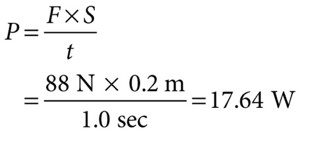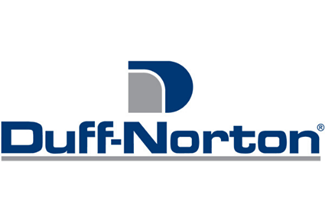Motors are arguably the most important factor when developing a linear motion application. The right motor can drastically improve the shelf life of an application, while the wrong one can leave it broken and unusable.
It’s a motor’s job to generate motion at a stable speed while avoiding overheating and extreme frictional wear and tear. But, choosing a reliable, long-lasting and capable motor is no easy feat.
Here are a few tips on how you can make an informed decision and choose a motor that’s perfect for your application.
Understand your application
Before you do anything, you must first understand the requirements of your application. Without this information, you’ll be unable to make an informed choice on what motor specifications you require.
But understanding your application requires precision. The first thing you need to do to identify what motor you require is to determine the space available. If you’re developing a large application that will lift heavy loads, the chances are you’ll need a larger motor with more horsepower, giving your application the ability to lift these loads without stress to the motor. Besides the space available for a motor, it’s essential to understand:
- The load’s mass
- The orientation of the mass
- Distance and time of the movement between location A and B
- Load support
- The overall size of the application
What about duty cycle?
Before determining horsepower, you must first understand duty cycle. This is the amount of time your application operates compared to the amount of time it is stationary between periods. For example, your application may lift a load for 30 seconds and rest for 10 seconds.
This information ensures that you select a motor that is resilient and reliable enough to operate with ease, without overheating and burning out. To calculate duty cycle, multiply the time your application operates by 100, and then divide this by the total time your application is both operational and stationary. For example:
Duty Cycle = 100 * (time on) / (time on + time off)
By understanding how often your application needs to operate compared to its rest time, you can effectively determine how much power your application requires to efficiently move a load.
What about horsepower?
For all motors, horsepower is a critical factor to ensure that your application has a long shelf life. In fact, horsepower allows you to understand the minimum power needed to lift X amount of load from A to B within Y amount of time. To understand how much power you require, multiply the level of force by the linear distance and divide by time. For example:
Horsepower formula

Key:
P = power (watts)
W; F = force, (newtons)
N; S = linear distance (meters)
t = time (seconds)
It’s important to remember that this formula doesn’t factor in other variables such as power loss from friction. As a result, further calculations will be required to narrow down which motor can move your application’s load.
Turn to a specialist for help
Linear motion products are best-built component-by-component, and each component requires careful consideration and an element of precision. This can be a challenging task to undertake for any engineer and understanding what components (like a motor) work best for your application may require a helping hand.
At Duff-Norton, we pride ourselves on working closely with every client to produce resilient and reliable applications, built from only the best products. We understand that every application is different, which is why our products are fully customizable to suit your needs. Contact us to learn more.
North America - EN






